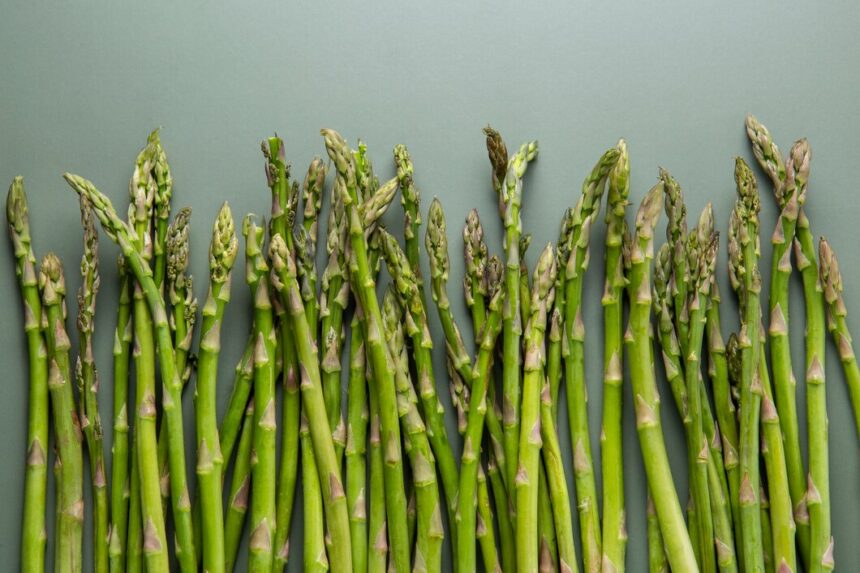Asparagus, prized for its delicate flavor and nutritional benefits, can fall victim to various diseases, including Fusarium rot. Fusarium rot is caused by fungi belonging to the Fusarium genus, which can severely impact asparagus crops if not identified and managed early. Here are ten early signs to watch for that may indicate Fusarium rot in your asparagus plants:
- Yellowing or Wilting Spears: One of the initial symptoms of Fusarium rot is the yellowing or wilting of spears. This discoloration often starts at the spear’s base and gradually moves upwards.
- Brown Lesions on Spears: Look for small, brown lesions on the spears. These lesions may appear water-soaked initially and can expand rapidly.
- Soft and Watery Texture: Infected spears may feel soft and exhibit a watery texture when touched, unlike healthy asparagus spears that are firm and crisp.
- Darkening of Vascular Tissue: Cut open the spears longitudinally to check for darkening of the vascular tissue. Fusarium fungi often cause discoloration within the plant’s vascular system.
- Stunted Growth: Asparagus plants infected with Fusarium rot may exhibit stunted growth. Spears may be thinner than usual, fail to develop properly, or show signs of deformity.
- Foul Odor: A noticeable foul odor, particularly when the spears are cut or bruised, can indicate advanced stages of Fusarium rot. The smell is often described as moldy or musty.
- Reddish-Brown Discoloration on Roots: Fusarium fungi can infect the roots as well. Check for reddish-brown discoloration on the roots, which may indicate the presence of the pathogen.
- Premature Spear Emergence: Sometimes, asparagus spears affected by Fusarium rot emerge prematurely. This abnormal emergence can be a sign of stress caused by the disease.
- Increased Susceptibility to Other Pests and Diseases: Asparagus weakened by Fusarium rot becomes more susceptible to other pests and diseases. Look out for secondary infections or infestations.
- General Plant Decline: Overall decline in plant health, including reduced vigor, smaller fern growth, and decreased yield, can be attributed to Fusarium rot if left unchecked.
Management and Prevention
Preventing Fusarium rot involves several strategies, including:
- Crop Rotation: Rotate asparagus with non-host crops to reduce pathogen buildup in the soil.
- Sanitation: Remove and destroy infected plants and debris to prevent the spread of the disease.
- Healthy Planting Material: Use certified disease-free planting material to reduce initial infection risk.
- Soil Health: Maintain good soil drainage and fertility to promote strong plant growth and reduce stress.
Early detection of Fusarium rot is crucial for managing and minimizing its impact on asparagus production. Regular monitoring of plants, prompt action upon noticing symptoms, and adopting preventive measures are key to preserving the health and productivity of your asparagus crop.
Join 'Farmers Mag' WhatsApp Channel
Get the latest Farming news and tips delivered straight to your WhatsApp
CLICK HERE TO JOIN






